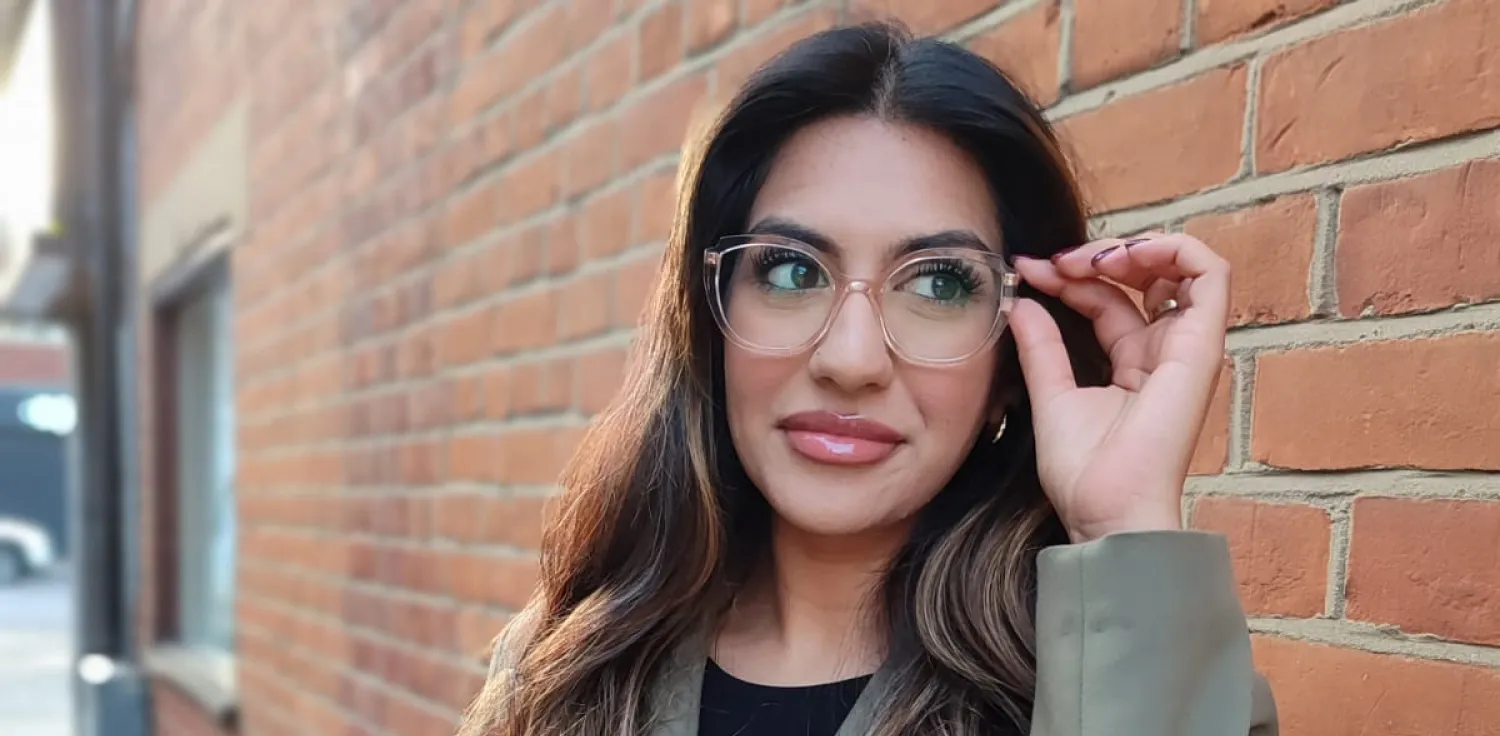
221 High St, Epping, CM16 4BL
NEW: Book Online


It is important to us that everyone receives the best possible care and has the healthiest possible vision.
We continue to invest in the latest technology in order to provide go the extra mile for our patients and, where required, to offer specialist care.
Glaucoma is notoriously difficult to diagnose and many people are referred to the eye department at their local hospital as a result of high pressure readings at the opticians, only to find that they do not have glaucoma.
At Aves, we have invested in equipment, mainly used in hospital eye departments, to help improve our ability to find glaucoma. OCT scans are now recognised to be the most effective way to detect glaucoma at its earliest stage.
As well as the commonly used ‘air puff’ procedure for measuring pressure in the eyes, we also have a gold standard tonometer, as used in hospitals, for more accurate pressure readings. If your pressure readings are high, we will always measure them again, using this more accurate device. Recent research has shown that eye pressure can be linked to corneal thickness, and that particularly thin or thick corneas are likely to give ‘false’ pressure readings. Hospitals now regularly measure corneal thickness, using a specialist instrument, called a pachymeter, to see if unusual corneal thickness is affecting the pressure readings. We are also able to offer this additional service at Aves, enabling us to be more precise in our interpretation of your eye pressures.
Visual fields are a measurement of peripheral vision, and are useful in diagnosis of glaucoma, as peripheral vision is affected long before central vision in glaucoma. Hospitals use sophisticated visual field testing equipment, to discover the very earliest visual field loss in glaucoma and other eye conditions. Aves have also invested in this technology, in order to offer our patients the very best advice regarding risk of developing glaucoma.

Many of you will know that the NHS provides Diabetic Retinopathy Screening for all diabetic patients. This involves digital retinal photography carried out by a technician in the local area. The photographs are then examined by a trained observer who will look for any signs of diabetic retinopathy. We recommend that you attend this NHS screening. However, diabetic retinal screening does not provide a full assessment of your vision and eye health and it is therefore important that you continue to attend for regular eye examinations.
We are, of course, happy to continue to examine your eyes specifically for signs of diabetic retinopathy and this will include 3D digital retinal scans as well as digital retinal photographs. At the end of this examination we will send a report to your own doctor. A fee is charged for this service.This does not affect your entitlement to an NHS eye examination.

